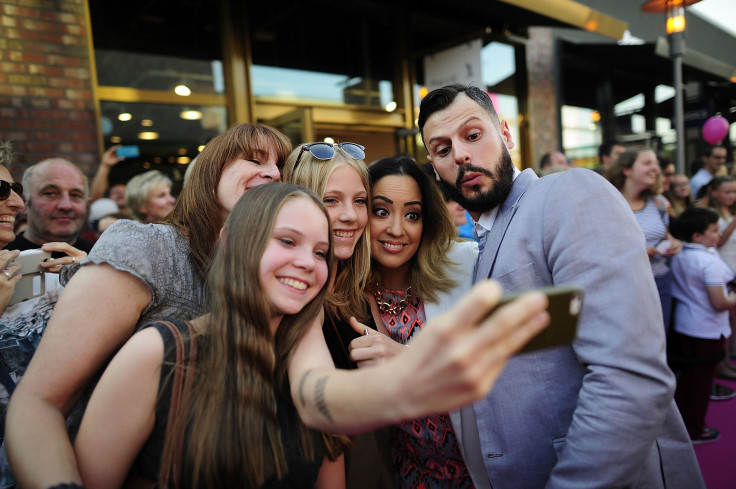A Recent Outbreak Of Lice Among Teens Has Many Blaming Selfies

Can selfies give you lice ? That’s how some experts are explaining a recent surge in lice among teens.
Pediatricians have been scratching their heads and wondering what the cause may be, since lice doesn’t typically affect teens. These tiny, little white parasites are more often contracted by young kids at school or summer camp. So how has the tiny pest become rampant in high schools? Dr. Sharon Rink, a pediatrician based in Wisconsin, believes she has the answer: social media.
“Teenagers don’t usually get lice because they’re not sharing hats and things like that,” she told ABC affiliate WBAY. “And lice can’t jump, so the only way they can transmit lice is touching their heads together, and that’s happening with all these photos.” That’s right, teens are allegedly getting lice thanks to selfies.
According to the Centers for Disease Control and Prevention (CDC), the most common way to get lice is through “head-to-head contact.” Teens who are taking selfies are usually pressing their heads together in order to fit in the frame and take the ideal photo. In doing so, those who unknowingly have lice could possibly be giving it to their friends when they are in such close proximity for their prized Instagram photo. Or at least that’s the idea.
“People are doing selfies like every day, as opposed to going to photo booths years and years ago,” continued Rink. “So you’re probably having much more contact with other people’s heads.”
The CDC also says that lice outbreaks are common; they estimate that up to 12 million people between the ages of 3 and 11 are infected each year. Children's caretakers are the second population most likely to contract lice, as they are in frequent contact with kids.
The CDC warns that children be wary of sleepovers and camping during a lice outbreak, but they do not say anything about refraining from selfies. But unlike Rink, Katie Shepherd, of the research and education nonprofit Shepherd Institute of Lice Solutions, told Yahoo! Parenting that selfies are likely not the culprit.
“Lice can move 9 inches in a minute’s time,” Shepherd said. “Kids curl up on couches together and sit head-to-head looking at videos on someone’s phone. That’s a lot more contact than you get taking a selfie.”
This isn’t the first time teens’ social media habits have been linked to lice. Last year, The Huffington Post reported that the tiny parasites spreading among a group of teens were dubbed “social media lice,” but that idea was also rejected.
That’s not to say it’s impossible for young people and adults to contract lice. Deborah Altschuler of the National Pediculosis Association said teenagers have the potential to get lice, especially when in college. “We've always heard of older kids getting it, particularly when there are younger siblings bringing it home or outbreaks in college dorms,” she told HuffPost. “It’s not new and it's not alarming. It just happens.”
And while selfies may not be the cause of many itchy, adolescent scalps, it is still a good idea to refrain from as much head-to-head contact as possible. The CDC recommends those who have contracted lice treat the parasites with lotions and medicated shampoos.



























